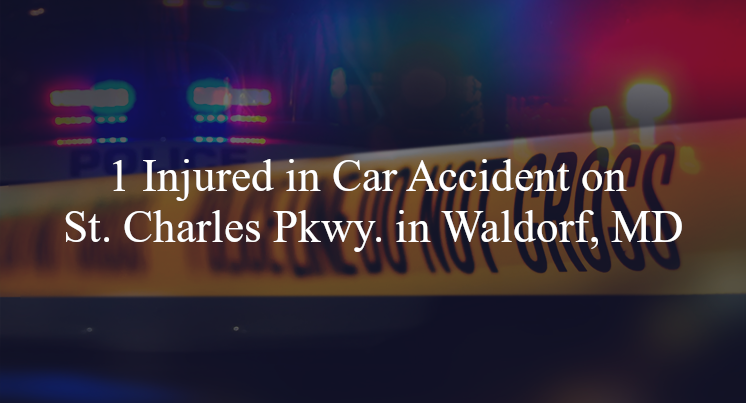1 Injured in Car Accident on St. Charles Pkwy. in Waldorf, MD
Waldorf, MD — May 7, 2025, One person was injured following a car accident that occurred at around 4:45 A.M. on St. Charles Parkway.

An investigation is underway following a car accident that left one person injured during the morning hours of May 7th. According to official reports, a two-vehicle accident occurred in the area of St. Charles Parkway and St. Marks Drive resulting in one of the vehicles overturning, though details on how the crash occurred are currently unknown.
When first responders arrived on the scene, they found that the driver of the overturned vehicle had sustained serious injuries and they were transported to the hospital for treatment. At this time there has been no further information released from the accident, including the status of the driver's injuries, however this remains an ongoing investigation and more details may be released by authorities in the future.
Commentary by Attorney Michael Grossman
When a two-vehicle collision results in a rollover—especially in the absence of clear details about how the crash occurred—it’s essential to conduct a thorough investigation that goes beyond the immediate aftermath. The May 7th incident on St. Charles Parkway highlights the need for a deeper look into the factors that could have contributed to such a severe outcome. To understand what happened and why, investigators must begin by addressing three critical questions.
First, was the crash scene carefully examined to determine the point of impact and the mechanics of the rollover? The position of both vehicles, any skid marks, debris patterns, and the final resting place of the overturned vehicle can help reconstruct how the collision unfolded. Investigators should also assess the design of the roadway, visibility conditions, and whether signage or traffic flow may have played a role in how the vehicles came into contact.
Second, has the possibility of a mechanical or structural failure been considered? Rollover crashes are often affected by a vehicle’s center of gravity, tire grip, and suspension dynamics. If the vehicle that overturned had worn tires, compromised suspension, or experienced a failure in steering or brakes, these factors could have contributed to the loss of stability. It’s also important to evaluate whether the vehicle’s safety systems—including airbags and seatbelt pretensioners—functioned as intended, and whether the roof structure remained intact.
Third, has electronic data from both vehicles been retrieved and analyzed? Most modern vehicles are equipped with electronic control modules (ECMs) that record critical crash-related data such as speed, braking input, throttle position, and steering activity in the moments before and during a collision. This information can help clarify whether either driver attempted to avoid the crash and how the vehicles responded. If dash cameras or nearby surveillance systems are present, they may offer additional insights that support or challenge initial assumptions.
In a crash where one vehicle ends up overturned and the details are still unclear, answering these three questions—about the crash scene, vehicle performance, and electronic evidence—is essential to developing a fact-based understanding of the incident. For the injured individual and others affected, the answers that emerge from this process are crucial to ensuring both accountability and safety moving forward.

*We appreciate your feedback and welcome anyone to comment on our blog entries, however all visitor blog comments must be approved by the site moderator prior to showing live on the site. By submitting a blog comment you acknowledge that your post may appear live on the site for any visitors to see, pending moderator approval. The operators of this site are not responsible for the accuracy or content of the comments made by site visitors. By submitting a comment, blog post, or email to this site you acknowledge that you may receive a response with regard to your questions or concerns. If you contact Grossman Law Offices using this online form, your message will not create an attorney-client relationship and will not necessarily be treated as privileged or confidential! You should not send sensitive or confidential information via the Internet. Since the Internet is not necessarily a secure environment, it is not possible to ensure that your message sent via the Internet might be kept secure and confidential. When you fill out a contact or comment form, send us an email directly, initiate a chat session or call us, you acknowledge we may use your contact information to communicate with you in the future for marketing purposes, but such marketing will always be done in an ethical way.